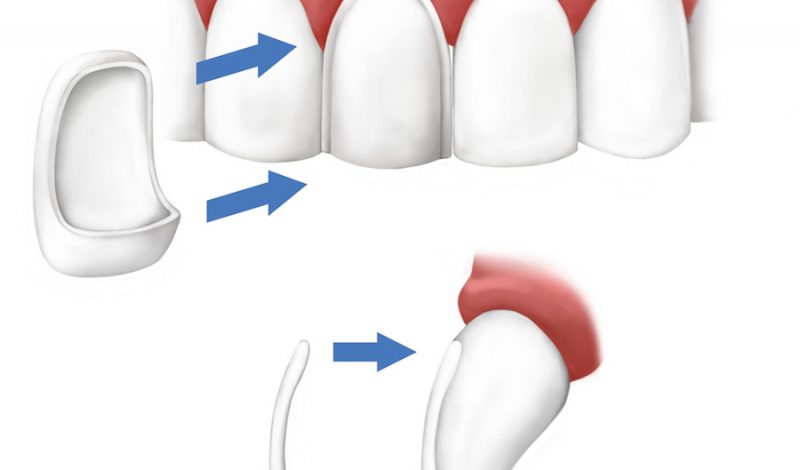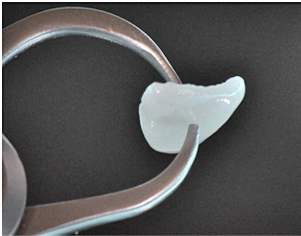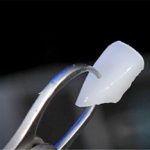Laminate Veneer (porcelain lamina) are porcelain leaves that are adhered to the tooth by removing only the minimum material from the front surface of the teeth. These leaves, which are very thin (0.3, – 0.5 mm) thick, are prepared in desired color lengths and forms and adhered to the front surface of the tooth.
In this method, unlike conventional porcelain crowns, very little enamel tissue is removed from the tooth. Therefore, it is the most conservative (protective) treatment form that can be performed.
Laminate Veneer is very thin, it does not contain metal and its light transmittance properties provide satisfying results that are indistinguishable from real teeth.

Composite Lamina Veneer: Very little material is removed from the front surface of the teeth. In some cases, it is not even necessary to remove the substance. Then the teeth are processed from composite filling similar to their natural layers (enamel-dentin-transparent). The advantage of composite lamina veneers is that it is much more economical than ceramic lamina veneers and the process is finished in one session. But they cannot be as natural as ceramic. Light transmittance is not like ceramics, they can also change color with external factors such as tea, coffee, cigarettes.


People with small fractures, notches or deformities in their front teeth
People who have a discolored or dissatisfied color
In the stains caused by the removal of tetracycline or excess fluoride in the teeth
In teeth with color change as a result of trauma or canal treatment
People with anterior teeth spaced
In people with disfigurement in the front group teeth and who do not accept orthodontic treatment
You should brush your teeth twice and clean once with dental floss. This cleaning process will remove plaques made up of bacteria. The most important point in this issue is the cleaning of plaques in the area where your teeth and gums meet (sulcus).

